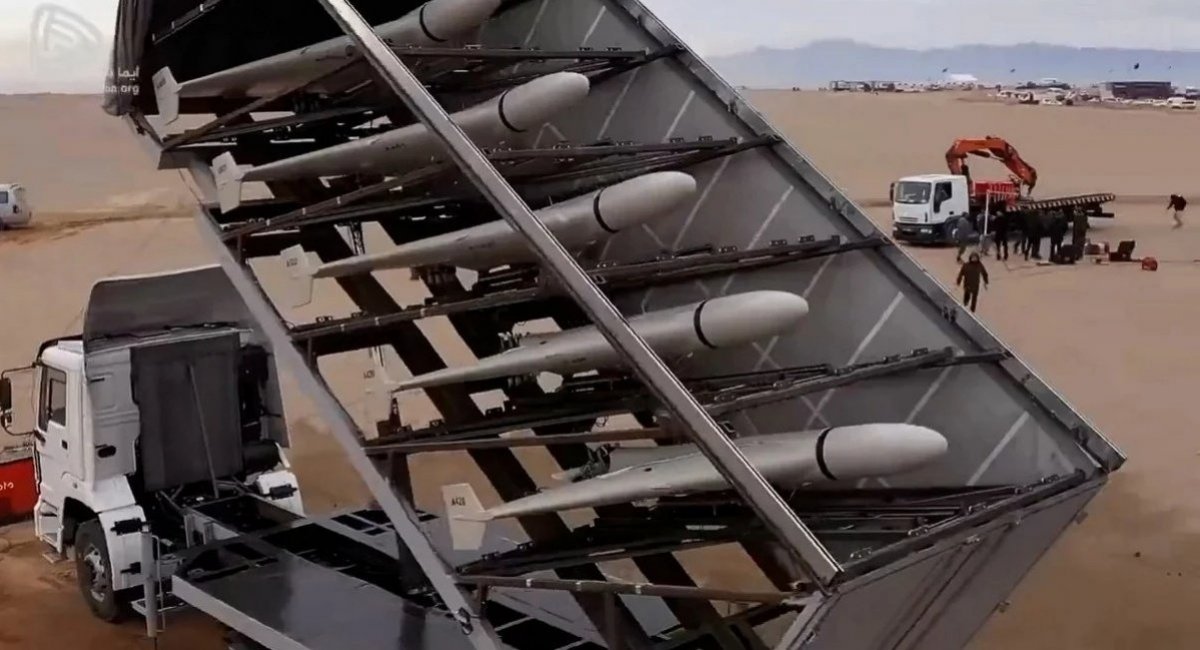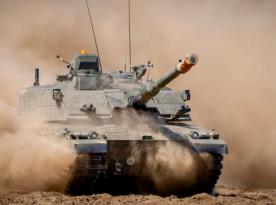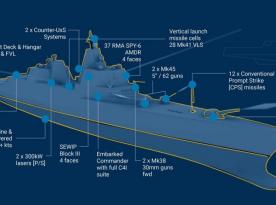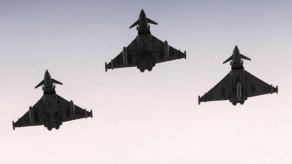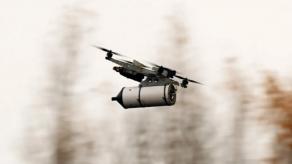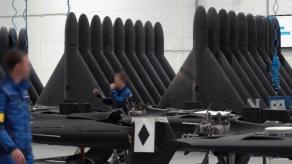Overnight April 14th, 2024, iran launched a massive aerial strike against Israel, it lasted 5 hours and involved 130 Shahed-136 loitering munitions, 120 ballistic missiles, and 30 cruise missiles. Media report with reference to the Israel Defense Forces that the effectiveness of interception by air defenses was an impressive 99%.
Furthermore, they note that most of the iranian weapons were taken down before entering Israel's airspace, and during the operation, allies like the USA, the United Kingdom, and Saudi Arabia engaged their own air defense assets to help ward off the attack.
Read more: Expert`s Opinion: russians Can Use Not Only Su-57 Aircraft to Launch New Kh-69 Missile
However, this is the kind of situation where simply looking at numbers is not enough to grasp the general picture but to take a close look at objective data. And to start with, the declared effectiveness of 99% could be overestimated.
If that was correct, that one remaining percent of missiles or Shahed "killer drones" would be three units at most. But in reality, even the official data says otherwise: 25 out of 30 cruise missiles were intercepted, firstly; secondly, an unspecified number of ballistic missiles managed to fall on the territory of an Israeli air base in Negev desert, having caused "minor damage." These factors indicate the actual effectiveness was slightly lower than the media portrays, about 95 or 90%.
That said, not only the sheer statistics matter but the means and weapons involved in repelling the iranian attack, as well as the conditions the defensive operation was taking place under. Western media report that the United States neutralized 70 drones and 3 ballistic missiles launched by iran what makes at least 25% of all intercepted targets.
Most likely, the leading role in this process belonged to destroyers deployed as part of the American fleet in the region and equipped with SM-2, SM-6 air defense missiles. If this assumption is correct, then the US Navy took down the threats at the cost of an extraordinary misproportion between being effective and financially unreasonable, with expensive missiles deployed against budget-friendly primitive drones.
For instance, the SM-2 surface-to-air interceptor has a price of USD 2 million per missile for the domestic customer, it is designed to engage non-ballistic targets within a 160 km range, 15-km altitude. The SM-6, in turn, costs $4 million per unit domestically and can neutralize even ballistic threats at a range in excess of 370 km.
As for the United Kingdom, the British military sent fighter jets to intercept the iranian suicide drones which is more efficient and reasonable. Jordan, meanwhile, announced closure of its airspace, it's more of a political step, the most powerful air defense equipment in the Jordanian forces is the MIM-23 HAWK.
Saudi Arabia also helped in shooting down iranian missiles and Shaheds. The Saudi air defense assets will be covered separately in our upcoming article, we'll have a better look at the air defense capabilities of Israel, too.
Then, no less important is to analyze the conditions under which iran's air attack occurred. First of all, Tehran announced the strike long before it was launched and was constantly reminding about it through its controlled media. For comparison, russia uses the same Shahed drones to shell Ukraine but never announced them 2–3 weeks prior to the attack.
Another detail is that iran launched the Shaheds from deep inside its territory, the route distance is at least 1,100 kilometers. Some sources suggest that missiles and/or drones were also coming from the territories of Yemen and Iraq.
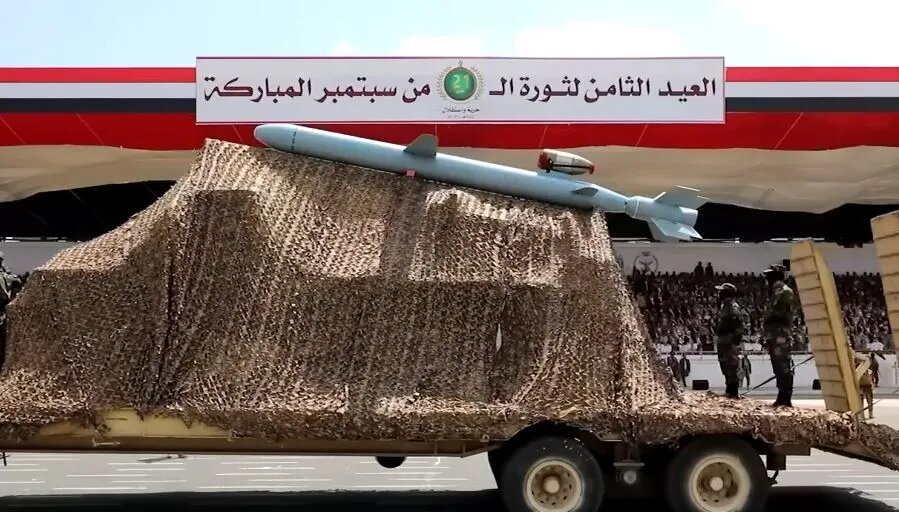
All these factors account for the flight duration up to several hours before iranian weapons reach Israel, and gave Israel and allies a lot of time to prepare their air defenses to give an effective response.
Based on all of the above, we can see that while the number of 300 missiles and drones downed and the "99% efficiency" may be indeed impressive, in reality, there were many factors making it still much easier than repelling routine missile and drone attacks launched by russia on Ukraine, which the Ukrainian Defense Forces have been doing to a great success.
Read more: Who Could Become a Donor of Another Patriot Air Defense System After Germany?




